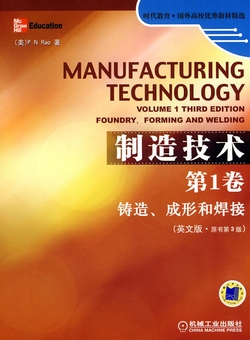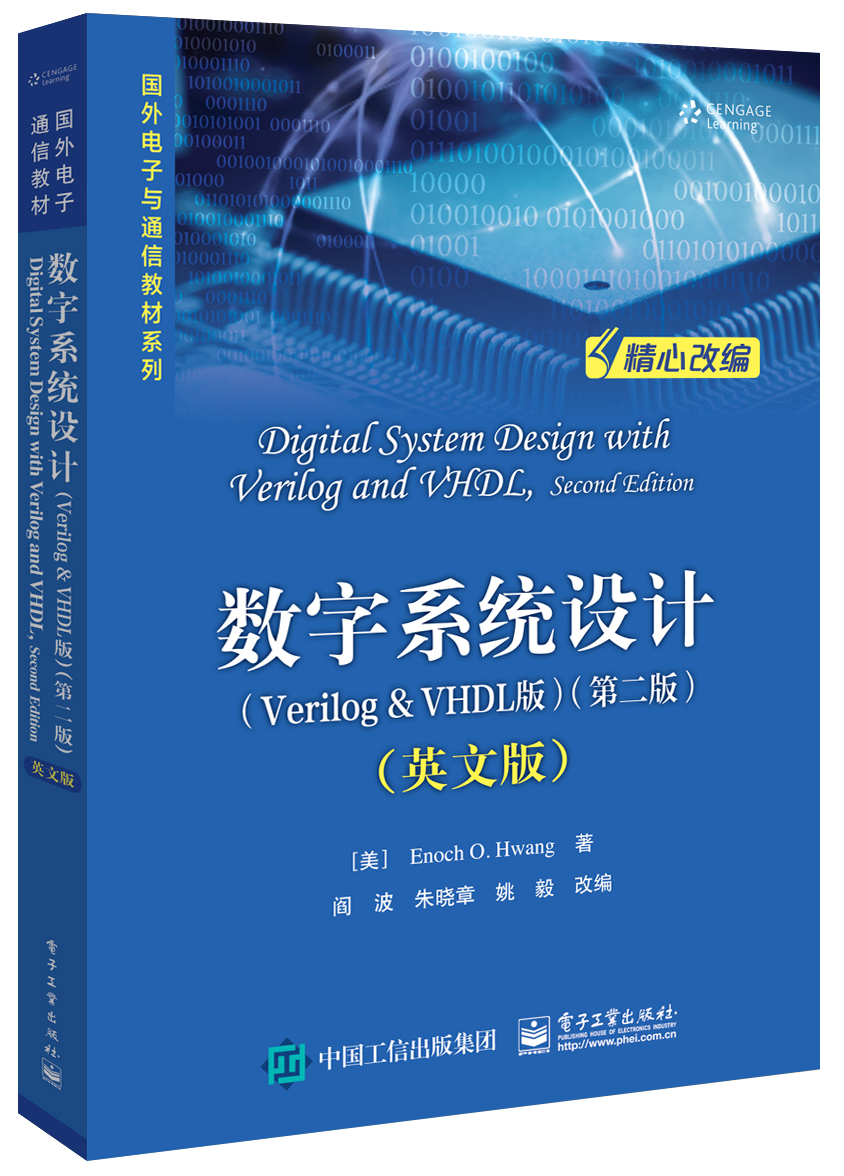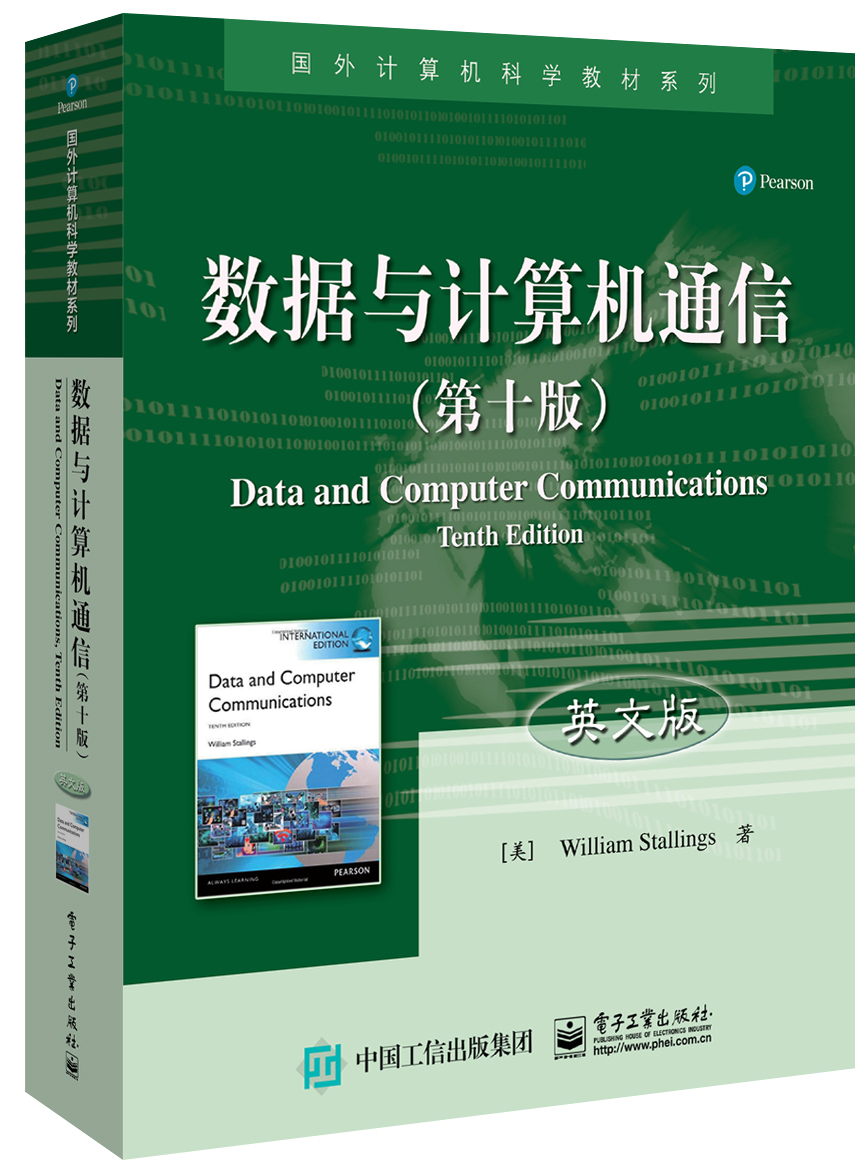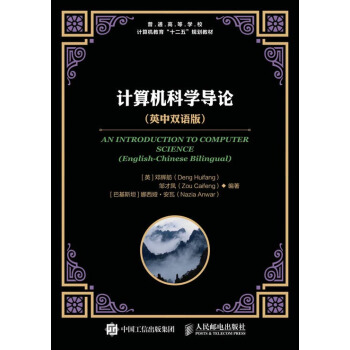数控技术应用专业英语
作者: 刘瑛 罗学科
出版时间:2004-12-30
出版社:高等教育出版社
- 高等教育出版社
- 9787040157062
- 1
- 248528
- 平装
- 16开
- 2004-12-30
- 360
- 232
本书根据教育部、国防科工委、中国机械工业联合会联合制定的两年制高等职业教育数控技术应用专业领域技能型紧缺人才培养指导方案编写,内容涵盖了数控技术的各个方面,包括数控原理、数控机床、数控加工、数控编程、数控生产车间等各个方面的数控技术专业英语词汇和内容。全书以典型数控系统的编程、操作英语说明书为主要参考资料,结合作者积累的国外数控教材和资料,以英文阅读理解、资料查询为重点,目的是使学生具备阅读典型数控机床英文说明书、数控系统操作与编程英文说明书的能力。
本书可作为高等职业学校、高等专科学校、成人院校及本科院校举办的二级职业技术学院和民办高校数控技术应用等专业英语教材,也可作为工程技术人员的自学参考用书。
Unit 1 Introduction of CNC Machine Tool
1.1 Machining Center Configurations
1.2 Vertical Machining Centers
1.3 Horizontal Machining Centers
1.4 Other Programmable Features of Machining Centers
1.4.1 Spindle Speed
1.4.2 Spindle Activation and Direction
1.4.3 Spindle Range
1.4.4 Feedrate
1.4.5 Coolant
1.4.6 Tool Changes
1.4.7 What Else Might Be Programmable
Exercises
Unit 2 Tooling for CNC Machine
2.1 Introduction
2.2 Material for Cutting Tools
2.3 The Practical Application of Cemented Carbides
2.3.1 Solid Tools
2.3.2 Brazed Tips
2.3.3 Indexable Inserts
2.4 Tooling Systems
2.5 Automatic Tool Changer System
2.5.1 Turret Head
2.5.2 Carousel Storage with Spindle Direct Tool Changer
2.5.3 Horizontal Storage Matrix Magazin with Pivot Insertion Tool Changer
Exercises
Unit 3 Program Zero and Coordinate System
3.1 What is Coordinate System
3.2 Plus and Minus
3.3 Program Zero
3.4 Absolute cremental
Exercises
Unit 4 Mathematics for NC Programming
4.1 Introduction
4.2 Geometry
4.2.1 Properties of Intersecting Lines
4.2.2 Tangency
4.3 Trigonometry
4.3.1 The Pythagorean Theorem
4.3.2 Right Triangle Trigonometry
4.3.3 Oblique Triangle Trigonometry
Exercises
Unit 5 Word Address Programming
5.1 Introduction
5.2 Programming Language Format
5.3 Programming Language Terminology
5.4 Program and Sequence Numbers(O,NCodes)
5.5 Preparatory Functions(G Codes)
5.6 Dimension Words(X,Y,Z,Codes)
5.7 Feedrate(FCodes)
5.8 Spindle Speed(SCodes)
5.9 Miscellaneous Machine Functions(MCodes)
5.10 Why Learn Manual Programming
Exercises
Unit 6 Speeds and Feeds
6.1 Cutting Speeds and Feeds
6.2 Spindle Speeds
6.3 Feed Rates
6.3.1 Feed Rates for Turning
6.3.2 Feed Rates for Milling
6.3.3 Feed Rates for Drilling
6.4 Feed Rate and Spindle Speed Override
Exercises
Unit 7 Preparation for Programming
7.1 The Importance of Preparation
7.2 Typical Mistakes
7.2.1 Syntax Mistakes
7.2.2 Motion Mistakes
7.2.3 Mistakes of Omission
7.2.4 Process Mistakes
7.3 Steps for Preparing to Write a CNC Program
7.3.1 Study and Mark Up the Print
7.3.2 Prepare the Machining Process
7.3.3 Develop the Needed Cutting Conditions
7.3.4 Do the Required Math
7.3.5 Check the Required Tooling
7.4 Plan the Work Holding Setup
7.5 Other Documentation
7.5.1 Setup Sheet
7.5.2 Program Listing
7.6 Is It All Worth It
Exercises
Unit 8 Programming Techniques
8.1 Introduction
8.2 Programming Hole Operation
8.3 Programming Linear Profiles
8.4 Programming Circular Profiles
8.4.1 Circular Interpolation Commands
8.4.2 Circular Interpolation Via Direct Radius Specification
8.4.3 Profiling Arcs at Constant Feed Rate
8.5 Programming with Subprogram
8.5.1 Subprogram Concept
8.5.2 Commands for Calling a Subprogram and Returning to the Main Program
8.5.3 General Rules for Subprogramming
Exercises
Unit 9 Three Kinds of Compensation
9.1 Introduction
9.2 What is Compensation
9.3 Understanding Offsets
9.3.1 How Many Offsets do You Have
9.3.2 Offsets and Trial Machining
9.3.3 Organization of Offsets
9.3.4 Wear Offsets Versus Geometry Offsets
9.3.5 How Offsets are Instated
9.4 Tool Length Compensation
9.4.1 The Reason for Tool Length Compensation
9.4.2 How Tool Length Compensation is Used
9.5 Cutter Radius Compensation
9.5.1 Reasons for Using Cutter Radius Compensation
9.5.2 How does Cutter Radius Compensation Work
9.6 Fixture Offsets
Exercises
Unit 10 Machine Design
10.1 Repeatability
10.2 Basic Structure
10.3 Machine Spindles
10.4 Spindle Drives
10.5 Machine Slides
10.6 Slide Drives
Exercises
Unit 11 Setup and Maintain
11.1 Tasks Related to Setup and Operation
11.1.1 Setup Tasks Versus Production Maintaining Tasks
11.1.2 Tasks Related to Setup
11.2 Tasks Related to Maintaining Production
11.2.1 Workpiece Unload and Load
11.2.2 Maintaining Critical Dimensions(with Close Tolerances)during Each Tool’s Life
11.2.3 Replacing Worn Tools
11.3 Other Possible Tasks to be Done During the Production Run
Exercises
Unit 12 Three Modes of Operation
12.1 The Manual Mode
12.2 The Manual Data Input Mode
12.2.1 The Manual Data Input Position of the Mode Switch
12.2.2 The Edit Position of the Mode Switch
12.3 The Program Operation Mode
12.3.1 The Memory(or Auto)Mode Switch Position
12.3.2 The Tape Mode Switch Position
Exercises
Unit 13 Program Verification Techniques
13.1 Introduction
13.2 Safety Priorities
13.2.1 Operator Safety
13.2.2 Machine Tool Safety
13.2.3 Workpiece Safety
13.3 Typical Mistakes
13.3.1 Syntax Mistakes in the Program
13.3.2 Motion Mistakes in the Program
13.3.3 Setup Mistakes
13.3.4 Mistakes of Omission
13.4 Procedures to Program Verification
13.4.1 The Machine Lock Dry Run
13.4.2 Free Flowing Dry Run
13.4.3 Normal Air Cutting CycleExecution
13.4.4 Running the First Workpiece
13.4.5 Making Good Parts
13.5 Conclusion to Program Verification
Exercises
Unit 14 CAD/CAM
14.1 Introduction
14.2 Computer-Aided Anything(CAA)
14.3 What is CAD/CAM Software
14.4 Description of CAD/CAM Components and Functions
14.4.1 CAD Module
14.4.2 CAM Module
14.4.3 Geometry olpath
14.4.4 Tool and Material Libraries
14.4.5 Verification and Post-Processor
14.4.6 Portability
14.5 Software Issues and Trends
Exercises
Appendix A G&M Code Reference
Appendix B The Sample of CNC Machine Specification
Appendix C Vocabulary
References







